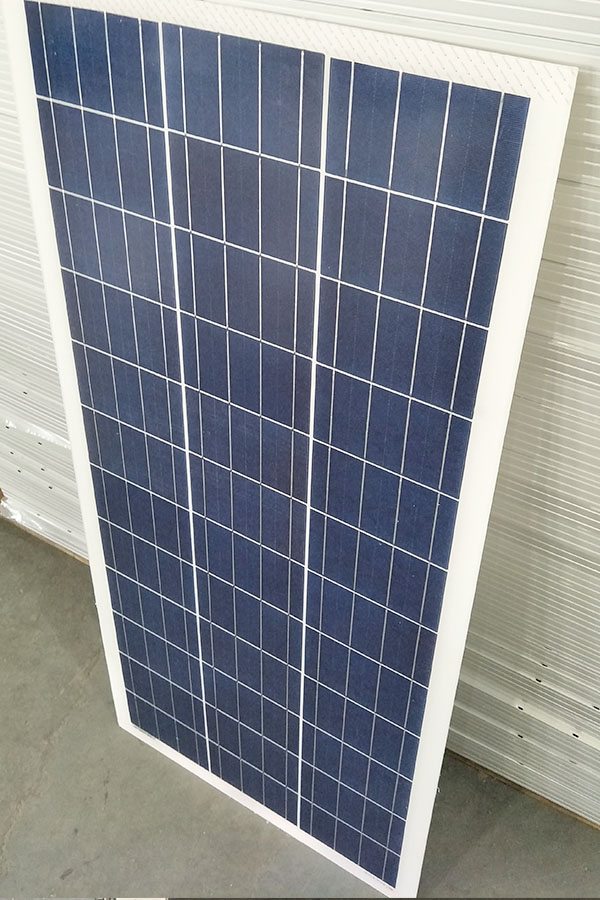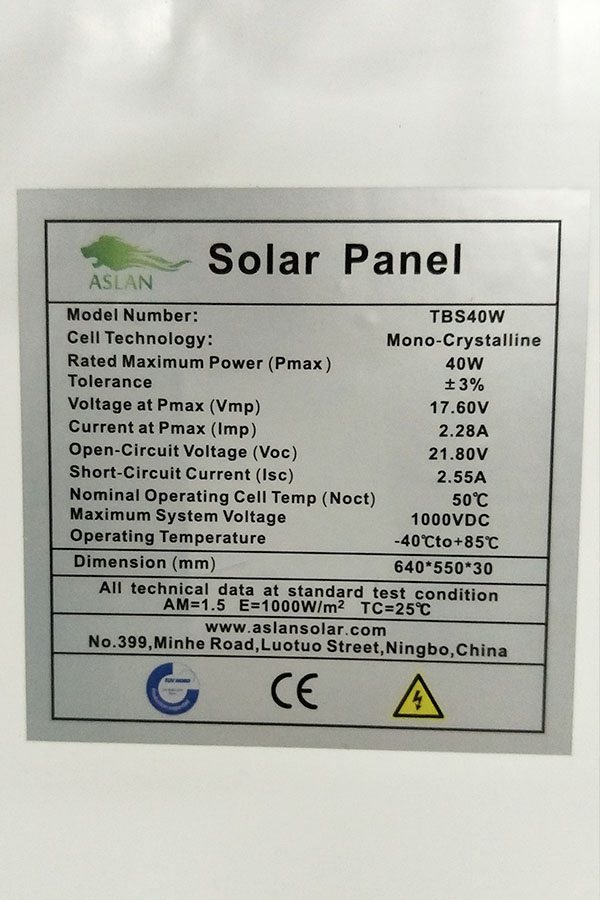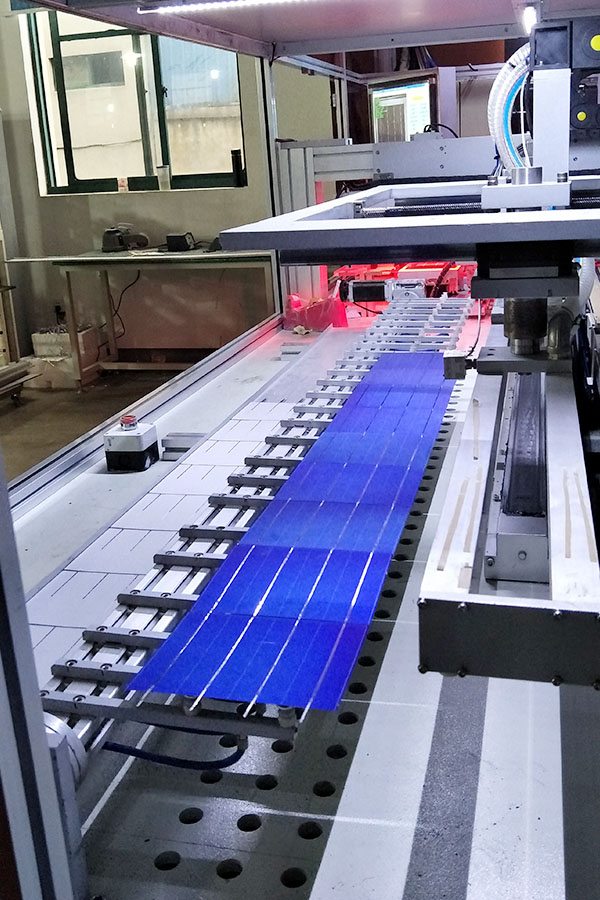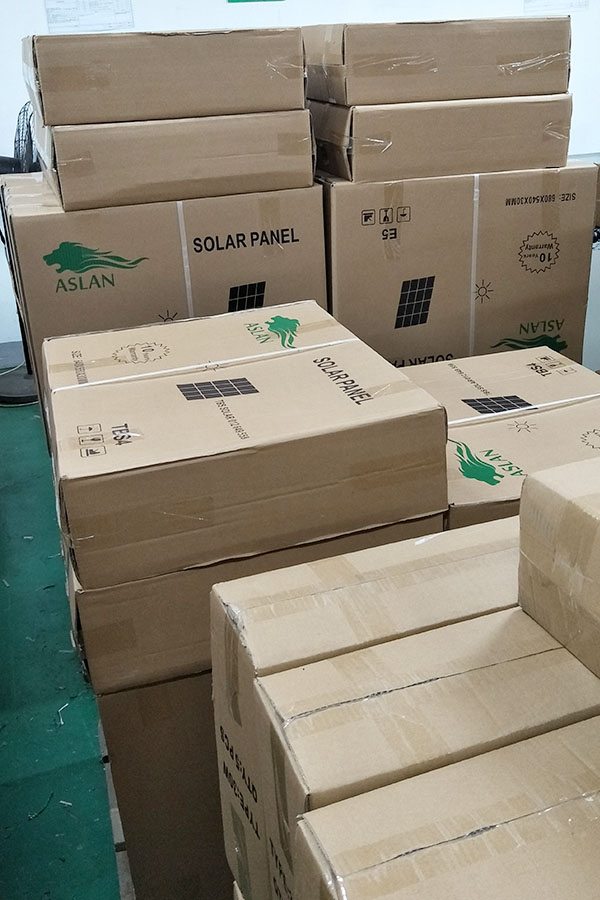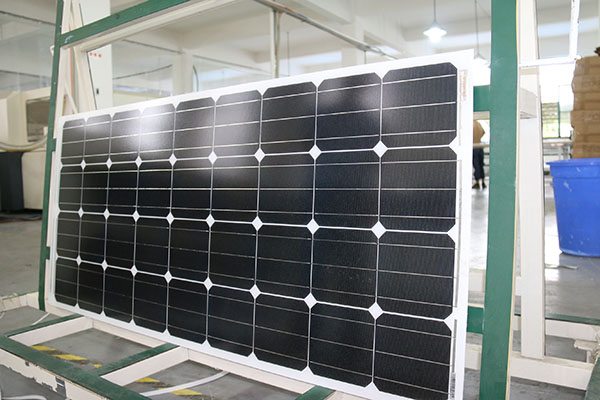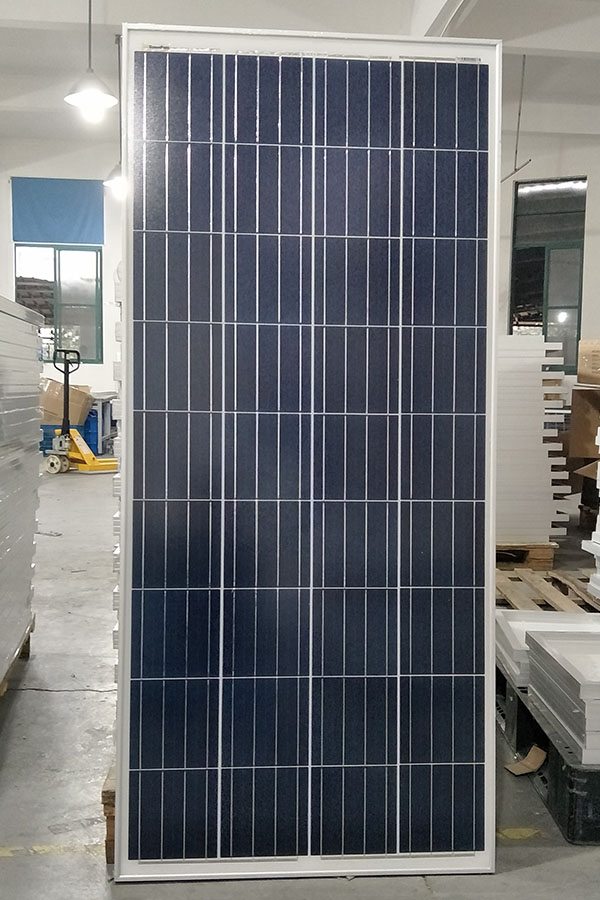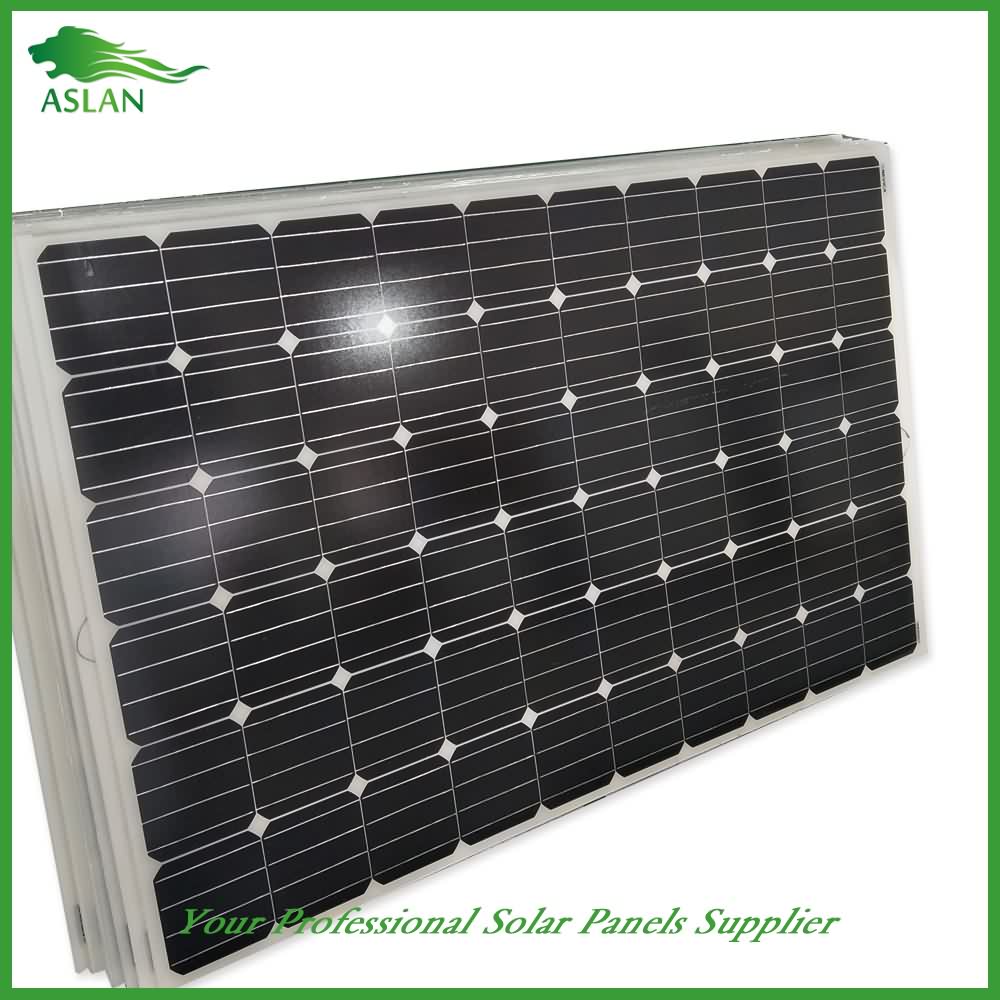29 Years Factory Poly-crystalline Solar Panel 80W in Hungary
Short Description:
The very rich projects management experiences and one to one service model make the high importance of business communication and our easy understanding of your expectations for 29 Years Factory Poly-crystalline Solar Panel 80W in Hungary, We warmly welcome merchants from home and abroad to call us and establish business relationship with us, and we will do our best to serve you.
Poly-crystalline Solar Panel 80W
Technical parameter
Maximum Power(W) 80W
Optimum Power Voltage(Vmp) 18.13V
Optimum Operating Current(Imp) 4.70A
Open Circuit Voltage(Voc) 21.79V
Short Circuit Current(Isc) 5.16A
Mechanical Characteristics
Cell Type Poly-crystalline 156x104mm (6 inch)
No of Cell 36 (4x9pcs)
Dimensions 1008x678x35mm
Weight 8.3KGS
Front Glass 3.2mm,High Transmission, Low Iron,Tempered Glass
Junction box IP65 Rated
Output Cable TUV 1×4.0mm2/UL12AWG,Length:900mm
Temperature and Coefficients
Operating Temperature(°C): -40°C ~ + 85°C
Maximum System Voltage: 600V(UL)/1000V(IEC) DC
Maximum Rated Current Series: 15A
Temperature Coefficients of Pmax: -0.435%
Temperature Coefficients of Voc: -0.35%
Temperature Coefficients of Isc: 0.043%
Nominal Operationg Cell Temperature (NOCT): 47+/-2°C
Materials of solar panel
1).Solar Cell——Poly-crystalline solar cell 156*104mm
2).Front Glass——-3.2mm, high transmission, low iron, tempered glass
3).EVA——-excellent anti-aging EVA
4).TPT——-TPT hot seal made of flame resistance
5).Frame——anodized aluminum profile
6).Junction Box——-IP65 rated, high quality, with diode protection
Superiority: high quality anodized aluminum frame, high efficiency long life, easy installation, strong wind resistance, strong hail resistance.
Features
1. High cell efficiency with quality silicon materials for long term output stability
2. Strictly quality control ensure the stability and reliability, totally 23 QC procedures
3. High transmittance low iron tempered glass with enhanced stiffness and impact resistance
4. Both Poly-crystalline and Mono-crystalline
5. Excellent performance in harsh weather
6. Outstanding electrical performance under high temperature and low irradiance
Quality assurance testing
Thermal cycling test
Thermal shock test
Thermal/Freezing and high humidity cycling test
Electrical isolation test
Hail impact test
Mechanical, wind and twist loading test
Salt mist test
Light and water-exposure test
Moist carbon dioxide/sulphur dioxide
Charging 12 pieces 18650 lithium-ion cells wired in 3S 4P configuration using an MPPT Solar Charge Controller plus a battery balancer.
.
The cells used here are Panasonic NCR18650. The battery pack is comprised of 3 banks in series. Each ‘bank’ consists of 4 pieces 18650 cells wired in parallel. With brandnew and fully-charged cells, the 12.6-Volt pack is estimated to have about 10.8Ah of battery capacity
http://tinyurl.com/3S4PBattPack
.
Take note though that the cells used in this experiment are salvaged cells from laptop battery packs so as expected, the actual capacity is no longer the same as brand new ones’ rated capacity of 2700mAh.
http://tinyurl.com/BattPackNCR18650
.
Panasonic NCR18650 data sheet
http://tinyurl.com/NCR18650Specs
.
Here is a photo showing the actual runtime of battery pack and consumed capacity of the attached 2pcs 1.5W 12V LED bulbs…
http://tinyurl.com/3s4pRC3w
.
The first part of this clip shows you the voltage of cells in each bank and the charge current while in Bulk stage. The battery pack is not yet charged at this point in time with voltage @ 3.87V (on the DVM) or about 3.86V (on the battery balancer).
.
I think the ‘balancer’ gadget seems to be doing a pretty good job here making sure the voltage of each cell stays balanced or as close as possible with each other until the target voltage is reached, so yeah, that’s good news.
.
The balancer works like HobbyKing’s Battery Medic. Its a 3in1 LiPo battery discharger, voltage indicator and balancer. Bleed current is about 200-450mA.
.
With the help of the VictronConnect Android app, the 15Amp MPPT Solar Charge Controller was set to utilize a ‘Maximum Charge Current’ of 2 Amperes only. Such output current is just near the vicinity of 1925mA max charge current of the Panasonic NCR18650 cell @ 25°C.
.
As the pack approaches a fully-charged state, the voltage of each cell rises to about 4.20V as shown on the DMM or 4.17V on the balancer. The charge current also falls down to 0.01 Ampere.
.
Weeks back, I did a similar video but only used 9 pieces 18650 cells in 3S 3P config. Lo and behold, no ka-boom moments in there so I thought of upgrading and doing it this time with 12 cells.
.
Check link below for the video:
.
The 12 pieces 18650 cells remain cool in the entire charging duration. By the way, I tried this methodology with 20Amp Epsolar/ Epever PWM (LS2024B) and MPPT (Tracer 2215BN) solar charge controllers using MT50 and ‘User’-defined voltage profiles but felt uneasy considering the fact that the charge current on those SCCs are not configurable to my preferred (low) charge current. In effect, the pack gets concerningly lukewarm to touch during the charging session @ ~4.5A charge current.
.
Thanks for watching. ![]()
My review below: https://www.google.com/url?q=https://goo.gl/ouOZdU&sa=D&ust=1453472790479000&usg=AFQjCNEe8EQpztW3VhsOMQXEHTTA-Ku02A Real Tamron SP 150-600mm f/five-six.3 Di VC USD Telephoto Zoom Lens For Canon
